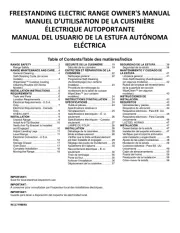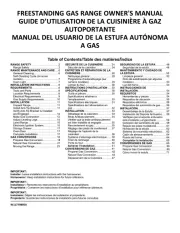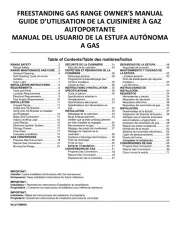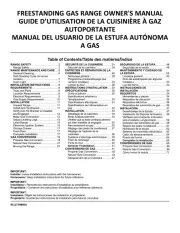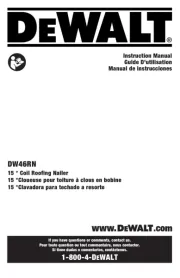Milwaukee 7200-20 Manual
Læs gratis den danske manual til Milwaukee 7200-20 (13 sider) i kategorien Hæftemaskine. Denne vejledning er vurderet som hjælpsom af 12 personer og har en gennemsnitlig bedømmelse på 4.6 stjerner ud af 6.5 anmeldelser.
Har du et spørgsmål om Milwaukee 7200-20, eller vil du spørge andre brugere om produktet?

Produkt Specifikationer
| Mærke: | Milwaukee |
| Kategori: | Hæftemaskine |
| Model: | 7200-20 |
Har du brug for hjælp?
Hvis du har brug for hjælp til Milwaukee 7200-20 stil et spørgsmål nedenfor, og andre brugere vil svare dig
Hæftemaskine Milwaukee Manualer
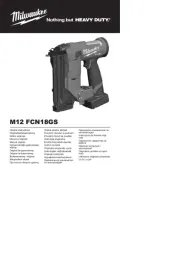
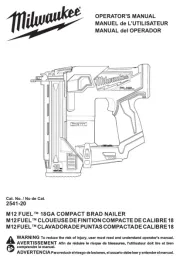
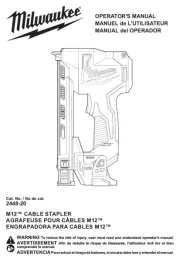
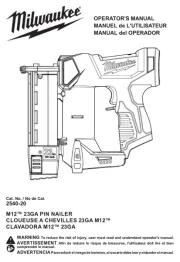
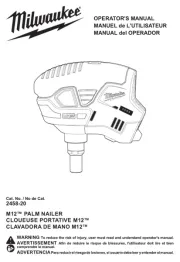
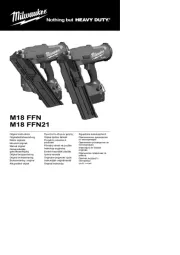

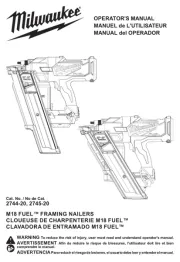
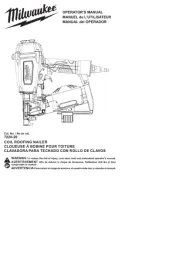
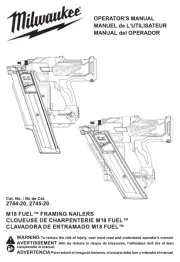
Hæftemaskine Manualer
- Black Decker
- Trisa
- NEO Tools
- Iluv
- Holzmann
- Draper
- Prebena
- Steinel
- Rapoo
- Biltema
- Total
- Proline
- Powerplus
- Swingline
- Smart365
Nyeste Hæftemaskine Manualer





